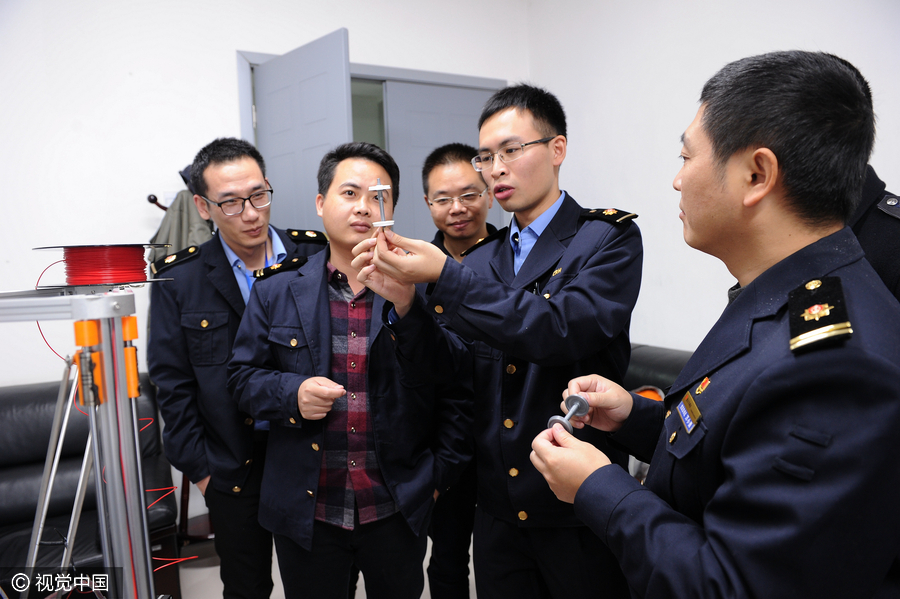This is Sliced, where we slice the recent news and 3D print them in your mind. This week we have: MMU’s new hub, Chinese Bullet train engineers, a 3D printed camera lens, Boeing’s new GE employee, and a 3D printed ear model.
New MMU hub for 3D printing eco fuel cells
The European Regional Development Fund has awarded $2 million to Manchester Metropolitan University (MMU), for the development of a Manchester Fuel Cell Innovation Centre (MFCIC). Research at the MFCIC builds on the university’s existing and recent work which has used 3D printed graphene to make batteries. The facility’s aim is to ensure the production of carbon-neutral and emission-free energy as it will work with hydrogen rather than combustion engines to produce power.

Chinese engineers use 3D printing to repair bullet train
Working to repair Bullet Trains, engineers in Chongqing, China looked to 3D printing in order to print model parts. The 3D printed parts were used to facilitate future repairs. Understanding the train through its parts will help the engineers fix the Bullet train in the future as they can now fully conceptualize the inner workings of the train.
Nothing in reports suggests that 3D printing has been used for parts in service, and as the images from the article published by China Daily show an FFF machine was involved rather than an industrial process. However, we have previously seen 3D printing investigated for use in the rail network most recently with the news that Deutsche Bahn, the $40 billion German railway company, are hoping to cut inventory costs using the technology.

3D printed camera lens
French YouTuber Mathieu Stern has 3D printed a camera lens with surprisingly good results. Collaborating with a 3D printing bureau called Fabulous, Stern managed to inset his own glass lens into the 3D printed plastic housing. By doing so he managed to create a fully functioning camera lens.

While the images taken with this lens have some distortion around the edges, the central point of the image is sharp. The lens works well for portraits as Stern shows below. These portraits being particularly impressive due to the blurred edges and centered focus point of the model.

All I want for Christmas is … ear?
Scottish hospital have used an Artec 3D scanner to help give a child, Anya Storie, a functioning ear. The child has an underdeveloped ear which is known as Microtia meaning she cannot hear from her right ear. However, with the use of plastic surgery, Anya should soon be able to hear normally. The scan will then enable the team at The Royal Hospital for Sick Children to 3D print a model to assist their plastic surgery.
Anya is hoping to have her new ear by Christmas as her Mom says “We’re looking forward to a perfect ear for Christmas.” If scanning is your thing, then be sure to read how Nottingham University used a LiDAR scanner to unearth secrets from a 17th Century building.

Roboze are recruiting
Italian 3D printing company Roboze are growing and plan to open a sales office in the U.S. Ahead of this the company are recruiting for a new management team, “which will operate directly in North America with the future establishment of a sales branch.” Contact the company directly for more information.
Finally, don’t forget that 3rd December is 3D printing day, be sure to check out what’s going on here.
Featured image shows the Sliced logo over a Mathieu Stern photo taken with the 3D printed lens. Image via Mathieu Stern.



